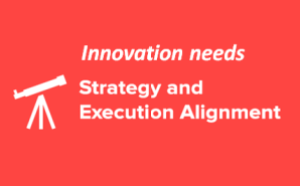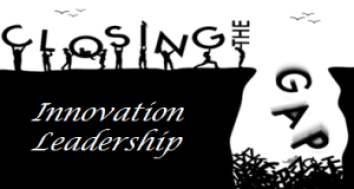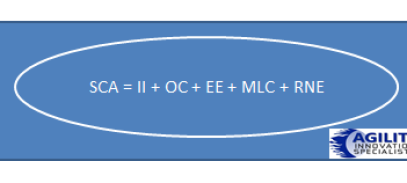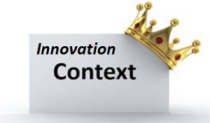 We need to recognize that innovation is one of the hardest things to align to strategy. It’s inherently messy, fairly unpredictable and its team-orientated approach sometimes cuts across borders, challenges different established positions and seemingly conflicting priorities.
We need to recognize that innovation is one of the hardest things to align to strategy. It’s inherently messy, fairly unpredictable and its team-orientated approach sometimes cuts across borders, challenges different established positions and seemingly conflicting priorities.
It often challenges the status quo and can on certain occasions, potentially challenge the stated strategic goals as those ‘disruptive forces’ have not been addressed radically enough. Innovation often “asks” difficult questions of ourselves.
 We keep asking a lot of innovators but consistently restrain them or starve them of essential resources, at the critical times they need them. We seem to get in the way of blocking innovation so it can’t be seen to align with the goals or vision of the organization. Continue reading “Innovation has a hard job to align”
We keep asking a lot of innovators but consistently restrain them or starve them of essential resources, at the critical times they need them. We seem to get in the way of blocking innovation so it can’t be seen to align with the goals or vision of the organization. Continue reading “Innovation has a hard job to align”







